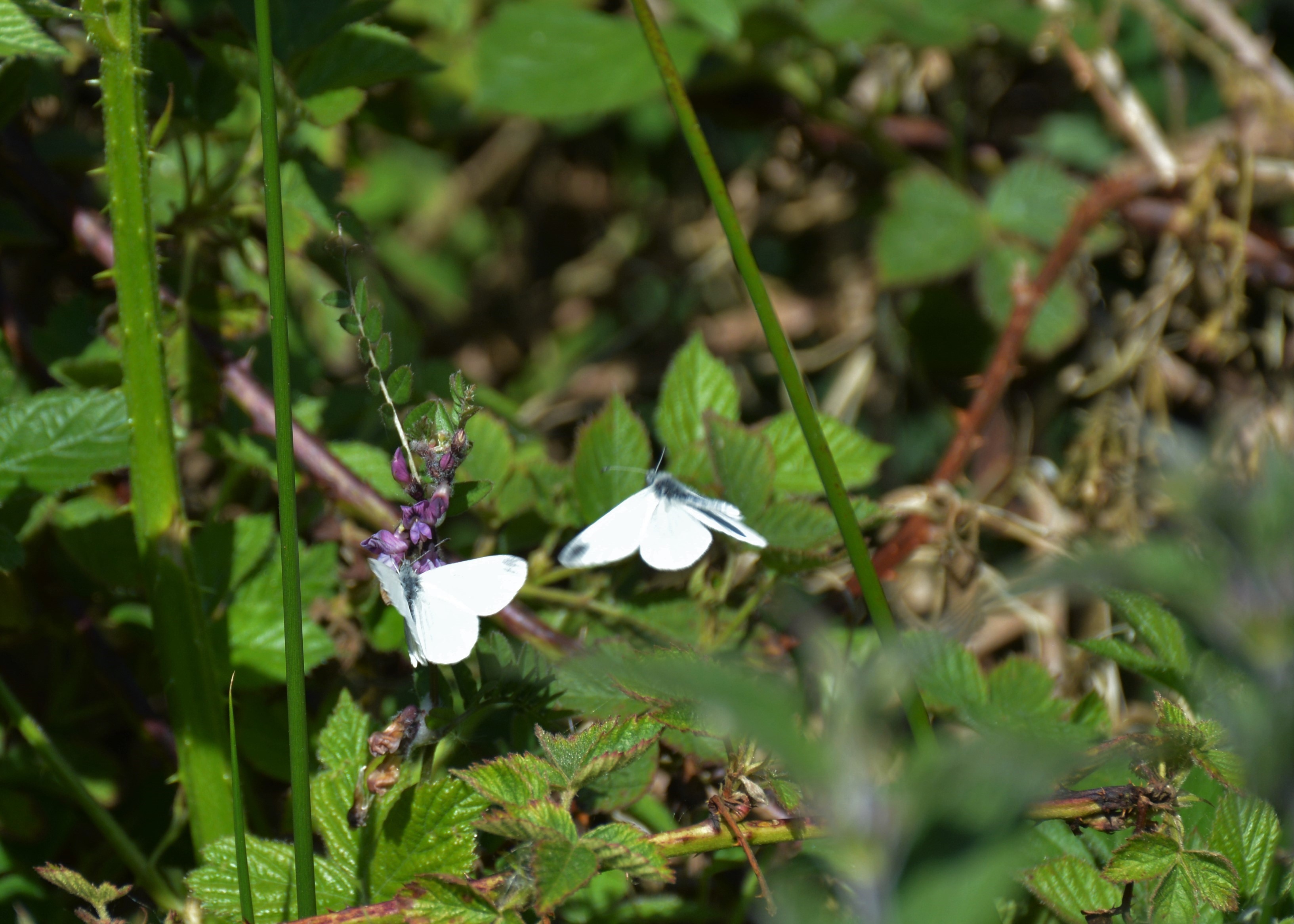As someone who has been deeply interested by plants as long as I can remember, I have grown to appreciate all the different habitats I come across in Ireland. Each has its own unique set of species, but one that has always particularly caught my attention is our grasslands. Part of this is probably because my family have been managing our small field for biodiversity, and seeing plants, animals, and fungi flourish there has massively influenced my interest in ecology. But there’s also something special about grasslands.

For one, species-rich grassland is rare – most has been destroyed through fertiliser input or reseeding. Finding even a small area feels like stumbling across a lost world, especially in the intensely farmed northern part of Down, on the edge of East Belfast where I’ve grown up. Grasslands can be incredibly diverse, with ten or twenty plant species in a single square metre (ten species per square metre is generally the benchmark for species-rich grassland), from orchids to grasses, and from dainty annuals like Eyebright to beefy perennials like Devil’s Bit.

Grasslands also harbour a huge diversity of arthropod species: butterflies and moths, bees and wasps, flies, beetles, spiders, harvestmen and many more. In our field we have resident Small Heath (Coenonympha pamphilus) and Cryptic Wood White (Leptidea juvernica) butterflies among others. These species are uncommon and rapidly declining, and it’s only in the small pockets of remaining habitat that they can still be seen. Protecting these species’ habitat means they will continue to be seen every year and not go the way of the Wall Brown (Lasiommata megera), which is now so rare it has been seen once in Down in the last five years. Habitat loss and nitrogen pollution from run-off and the air now threaten once-common species with extinction.

So what can we do to protect grasslands? Firstly, we need to know what a healthy species-rich grassland needs:
- Grazing and/or mowing: grasslands are inherently always in flux – they almost always require disturbance and removal of plant material, or they turn into something else! Succession is the process where grassland becomes scrub and then woodland, and this isn’t necessarily a bad thing – natural regeneration is a great way to create woodland. However, with species-rich grassland so rare, it’s important succession is prevented on these special sites.
- Low soil fertility: most species-rich grasslands occur on low-fertility soils (the richest are often on extremely infertile chalk). Nitrate pollution from fertiliser run-off and air pollution (eg. from transport) increase soil fertility, usually allowing grasses to out-compete other species and reducing species-richness. There are exceptions of course, like weird, guano-filled islands on Strangford Lough!
- A healthy landscape: fragmentation of grasslands causes extinction of plants and animals, both in the short- and long-term. Fragmented habitats may take decades to lose species following loss of neighbouring sites (this is known as extinction debt), and maintaining and restoring the connectivity of habitats is vital to ensure metapopulations stay intact – this means even if a species goes extinct at one site, individuals from other, connected sites can still re-colonise (the metapopulation is this “population of populations”). Loss of connectivity prevents this re-colonisation, and also colonisation of new sites, which stops species from responding to climate change. Extinction debt means small fragments of habitat can still have many rare species which can return to the wider landscape, but only if connectivity is restored.

To protect our grasslands we need to maintain and improve management at species-rich sites, reduce nitrate pollution, and create a healthy landscape by stopping the destruction of grasslands as well as creating new ones. In Kent, Nature Recovery Networks aim to create extensive networks of species-rich grassland to link together existing sites. The team working personally with farmers has led to great success, with species like the Black-veined Moth (Siona lineata) benefiting. This kind of habitat restoration could be replicated in Down, but what would it require? Restored sites would have reduced yields, so farmers could be compensated for participating, and subsidies for species-rich habitats would be essential. Communicating the importance of these sites would be important; engaging with schools by arranging trips and linking with biology and geography curricula would help. Site managers from different organisations would have to work together over a large area, requiring networks and cooperation that doesn’t currently exist. These things aren’t an issue, but an opportunity to improve how conservation operates.
As someone who loves the natural world, I have no choice but to care about grasslands. I can’t lack ambition for local conservation – we need landscape-scale restoration, and sooner rather than later, before fragmentation and habitat-loss degrades what’s left. It won’t be easy, but anything less amounts to giving up. If we can imagine a network of semi-natural grasslands in our intensively agricultural landscapes, maybe we can work towards a more biodiverse future.
Leave a Reply